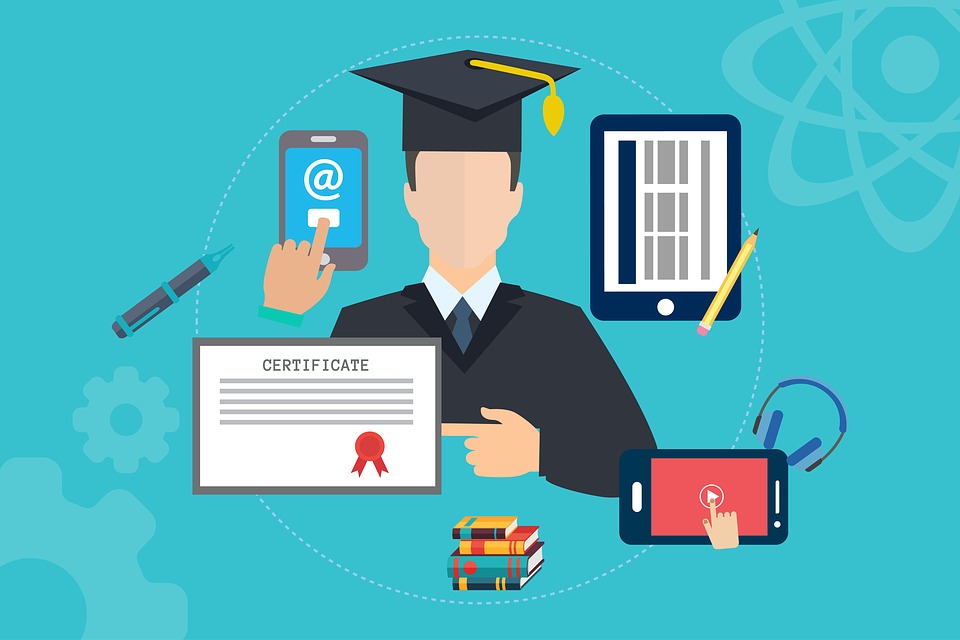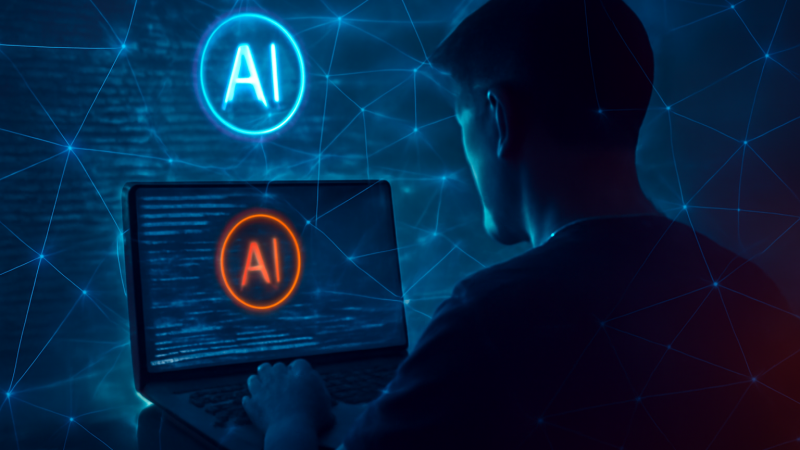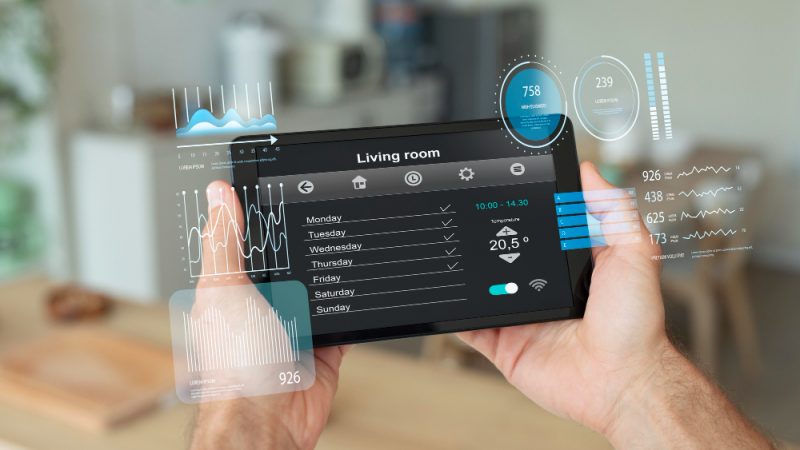IoT Trends In The Future of Education – Benefits And Challenges

The Internet of Things comprises small objects that are connected through the Internet to collect or transfer data. The objects work without any human intervention. This technology is already being used in different sectors for control and automation. With the Covid-19 pandemic disrupting education, it is likely to make a debut in education as well. Some uses include monitoring students’ vehicles, face detection, and analysis of machine performance.
IoT is already being used in different sectors like agriculture, health, wearables, manufacturing units, and more. In education, IoT could be used for digital attendance taking with student location tracking, biometrics, and school bus tracking. It can also be used to monitor electricity usage on campuses since it can detect the absence or presence of humans in a class and switch the light off or on. This technology can also help educational institutions to secure the environment with face recognition and track the time students take to complete tasks. Assignment timing can give educators insight into the effort put by students and its comparison with class performance.
Benefits of Internet of Things in Education
This technology has not been around for a long time, but it has been helpful in many ways. It provides educators with tools that can help them optimize classwork and enhance the learning process. They can also ensure on-site safety while connecting with students better. It also offers a lot of other benefits such as:
1. Improved School Management Efficiency
To manage a school, a lot of paperwork is required. Schools usually have a whole team of administrators to handle this aspect. There is also a need to distribute funds and track supply management. IoT can lay the groundwork for a risk-free, faster, and interconnected decision-making framework that encompasses all stakeholders.
2. Improved Resource Management
Educational establishments can run more efficiently and reduce the cost of operation and storage in the long run. Facility managers can use these devices to ensure water or energy consumption efficiency. Wastage of energy or water can be controlled using IoT devices and this will save costs for the school.
3. Real-time Data Collection
This technology collects data that can be used to improve grading or testing efficiency. It can also be used to improve engagement in the classroom. Educators can study the data to learn new ways to improve.
4. Global Interconnectedness
IoT is global in nature, and this helps educators create a uniform teaching standard across the globe to ensure equality in training. Also, it can promote peer to peer training tools for professionals for educators to exchange best practices and tips. On the other hand, students can share learning materials with others around the world to improve the accessibility of education globally.
5. Handled Safety Concerns
IoT has a lot to offer when it comes to security applications for colleges, schools, and preschools. Some include on-demand video monitoring and student escort drones, as well as vaping and smoke sensors. This platform can put parents’ minds at ease knowing their kids are safe and it promotes positive habits as well.
What Are the Challenges of IoT in Education?
There are a lot of benefits of this technology AI in education, but it is also riddled with challenges. One is the high implementation cost for schools. This technology requires both software and hardware power. Also, for the installation, data scientists, software engineers, and many other tech professionals are needed. Data scientists are needed to make sense of the data the technology collects from the school environment, according to Bootcamprankings.com. There are other costs, from maintenance to licensing fees, and most of these expenses are not publicly funded.
Another challenge is in class ethics. IoT tools can grade assignments but cannot prevent plagiarism, cheating, and other forms of dishonesty. Before the IoT-based, the data-sharing platform is implemented all over the world, it needs to be tamper-proof. The tech community needs to build a framework that helps fight fraud. A lack of infrastructure for data processing is also a cause for concern. The present infrastructure in many institutions is unstable and probably outdated, so they cannot empower IoT-based solutions.
Privacy and security concerns are a challenge for IoT in education. Gathering so much digital data will probably trigger hacking threats. Before these systems are deployed, stakeholders need to develop a contingency plan in case of security attacks, data breaches, and other threats. Also, students need to be educated on the importance of security to protect them from data breaches.
Conclusion
IoT has several uses in different industries. In education, it could provide security, monitoring, and admin support. This gives educators more time to teach students more. However, this technology is not without challenges that may hinder its deployment in the near future. Cost is a major issue, and the problem of data breaches still exists.






